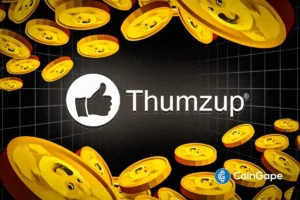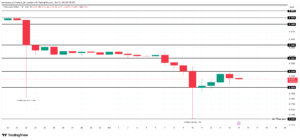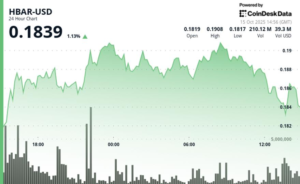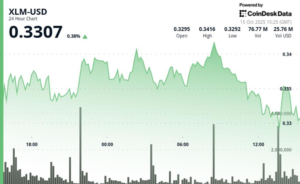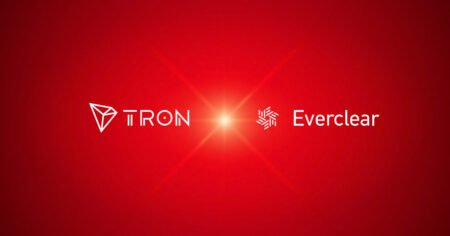The Speed Dilemma in Decentralized Finance: Overcoming the Challenges of Blockchain
Decentralization was hailed as the founding ideal of blockchain technology, promising an egalitarian financial landscape. However, in an era where microseconds can dictate market changes, the Web3 space is hard-pressed to keep up with the impressive speed of traditional financial systems. Presently, decentralized networks like Ethereum manage around 15 transactions per second (TPS), a stark contrast to Visa’s capability of processing 24,000 TPS. This disparity raises a critical question: can decentralized finance (DeFi) match the lightning-fast performance of Wall Street to attract mainstream users?
The paradigm shift brought about by the internet has irrevocably altered the financial landscape, and speed has emerged as a cornerstone of its functionality. This is particularly evident in high-stakes environments where milliseconds can mean the difference between capitalizing on an arbitrage opportunity or missing it entirely. Additionally, consumers stand to benefit from timely fund transfers that avert late payments. Unfortunately, the current state of decentralized finance exhibits a significant lag in speed compared to traditional financial institutions, which puts its adoption at risk.
Despite the sometimes slow transaction speeds, cryptocurrencies like Bitcoin and Ethereum have achieved considerable popularity. Bitcoin, the original cryptocurrency, operates with a 10-minute block time, allowing for a mere 10 TPS. In comparison, Ethereum barely improves upon this benchmark, averaging around 14 TPS. For context, established networks like NASDAQ can process up to 20,000 transactions per second seamlessly. This considerable gap underscores the challenges that decentralized platforms face and raises questions about their long-term viability in financial markets.
While decentralization and trust are cornerstones of blockchain technology, it’s vital to recognize that most users prioritize performance over these ideals. Many individuals still gravitate toward centralized financial systems such as banks or traditional exchanges due to their superior speed, cost-efficiency, and overall reliability. Ethereum’s reputation as a decentralized powerhouse is undermined by its slow speed and high gas fees, creating a significant hurdle for widespread adoption in everyday transactions.
The landscape is evolving, however, as the demand for speed compels even the most crypto-savvy communities to reconsider their options. Performance-driven networks like Solana, which boasts block times of just 400 milliseconds and can handle up to 3,000 TPS, exemplify a shift toward faster, albeit more centralized solutions. Additionally, platforms like Hyperliquid showcase this trend, as they recently reported a whopping 50% increase in trading volume, attracting traders willing to sacrifice decentralization for superior performance.
Despite the impressive performance metrics of platforms like Hyperliquid, they still fall short of delivering a holistic solution for decentralized finance. The reliance on closed, centralized infrastructure limits their ability to meet the diverse needs of DeFi traders while lacking essential features such as extensibility and interoperability. To bridge the gap between speed and decentralization, projects can adopt best practices like batching transactions and utilizing off-chain order books to enhance execution speed and minimize transaction costs.
The ultimate goal for blockchain technology must be to create a platform that harmonizes geographic decentralization with the performance of traditional financial systems. Such a solution will not only enhance transaction speeds but also eliminate the age-old debate between DeFi and TradFi. Rather, we would witness the emergence of a new financial standard, marrying the principles of openness and transparency with the seamless efficiency that consumers have come to expect in the digital age.
In conclusion, history demonstrates that the fastest networks often become the default standards within their industries. Therefore, for blockchain to legitimately challenge traditional financial systems, it must not only offer decentralized benefits but also compete on speed and efficiency. This fusion could unlock the next era of finance, wherein openness and performance coexist, ensuring that the next decade belongs to those who can best deliver Web2-grade speed while upholding the ethos of decentralization.
